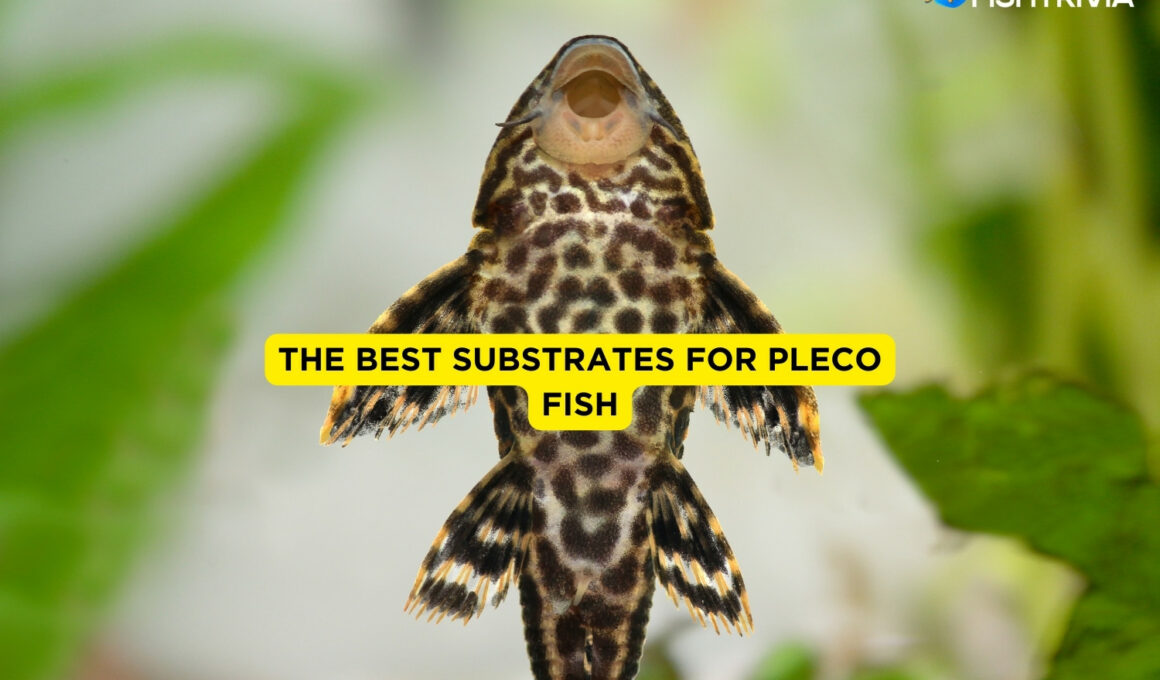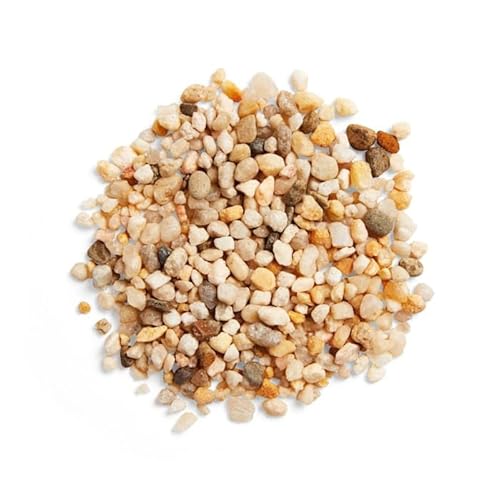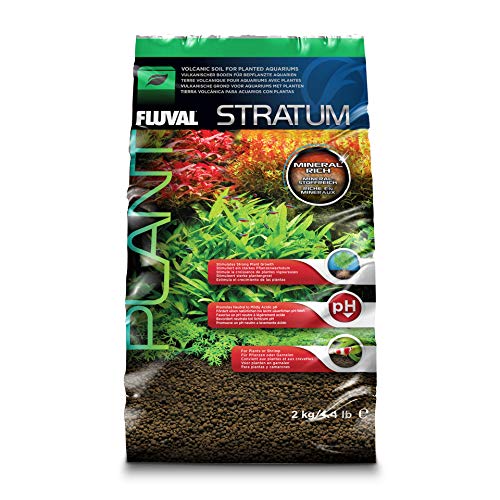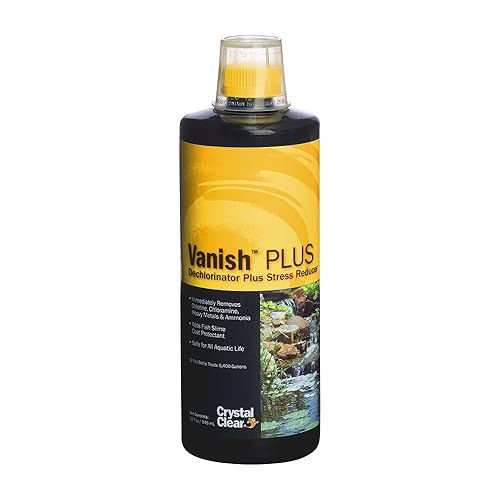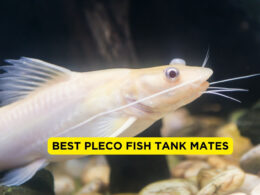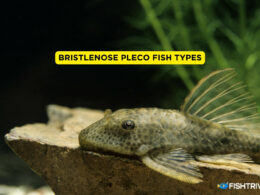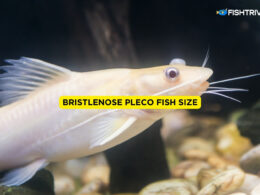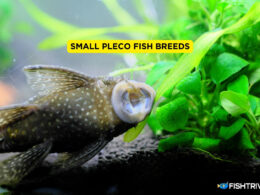In this article Show
As an experienced aquarist, I understand the nuances and importance of creating a perfect habitat for these fascinating creatures. Pleco fish, a staple in many home aquariums, thrive best when their environment closely mimics their natural habitat. The choice of substrate – the material that lines the bottom of your tank – plays a crucial role in their health and well-being.
In this guide, we’ll explore various substrate options suitable for Pleco fish, considering factors like tank conditions, fish behavior, and maintenance needs. Our aim is to provide clear, practical advice that helps you make an informed decision, enhancing both the aesthetic of your aquarium and the life quality of your Plecos.
Whether you’re setting up a new tank or looking to optimize an existing one, this article is your go-to resource for all things related to Pleco substrates.
4 Best Pleco Substrates For Your Aquarium
Gravel, aquarium soil, pebbles, and stones are great examples of ideal substrates for your pleco fish.
1. Imagitarium Aquarium Gravel
Imagitarium Special White Aquarium Substrate helps to recreate a natural environment in an aquarium by simulating the infinite depth of a clear, calm night sky.
This aquarium gravel creates a peaceful environment by encouraging beneficial bacteria growth, breaking down waste, and maintaining a healthy ecosystem for your pets.
2. Flourite Dark
The Flourite substrate is best suited to planted aquariums, but it can be used in any freshwater aquarium. If you put live plants in your aquarium, they will need a place to orient their roots, and the Flourite substrate is rich in minerals and nutrients to keep your plants healthy.
This substrate works best when used as an integral substrate bed, but it can also be combined with other gravels.
3. Carib Sea Sand
Recreate the natural world in your home with Carib sea sand to create a supernatural experience. Carib Sea’s Supernatural line will be carefully chosen and crafted to complement these exotic setups.
Because this substrate is pH neutral, and it will not change the chemistry of your aquarium’s water. Carib sea sand is made of soft sand, so you can rest assured that your pets’ bodies will not be damaged while they play.
4. Fluval Stratum
Fluval Stratum is a substrate used in freshwater aquariums to promote the growth of aquatic plants. The substrate has a light, porous structure that allows roots to penetrate and extract essential nutrients quickly.
This substrate is very beneficial to nitrifying bacteria, which improves the tank water quality. Fluval Plant Micronutrients will ensure a complete complement of essential macro and micronutrients.
Setting The Aquarium Up For Pleco Fish
Pleco fish require some ornaments and proper water conditions in their water. Since you will keep Pleco fish with all other fish, this fish’s demand will be the same as all other aquarium fish.
1. Add live plant
Plants, both live and artificial, play an essential role in your aquarium. Plecos are herbivores and have been known to tear up plant life in their tanks so artificial plants may cause a problem.
Live plants help to circulate oxygen in the tank water and provide a hiding place for your fish. So, not only for your Pleco but for all of your other fish, and live plants in your aquarium.
2. Make Dechlorinated water
Chlorine in tap water can cause chemical burns, stress, or excess ammonia, all of which are harmful to your pleco. As a result, you’ll need to dechlorinate your tap water before putting pleco fish in it.
Here are some of the best dechlorination products we recommend.
3. Wash Your Tank, Gravel, Rocks, Or Other Ornaments
Before you put any fish in your tank, you’ll need to clean it and all of its contents, such as gravel, rocks, or ornaments. Do not wash with soap or detergent. Lukewarm water will suffice. This will help to remove dirt, bacteria, and toxins from these items.
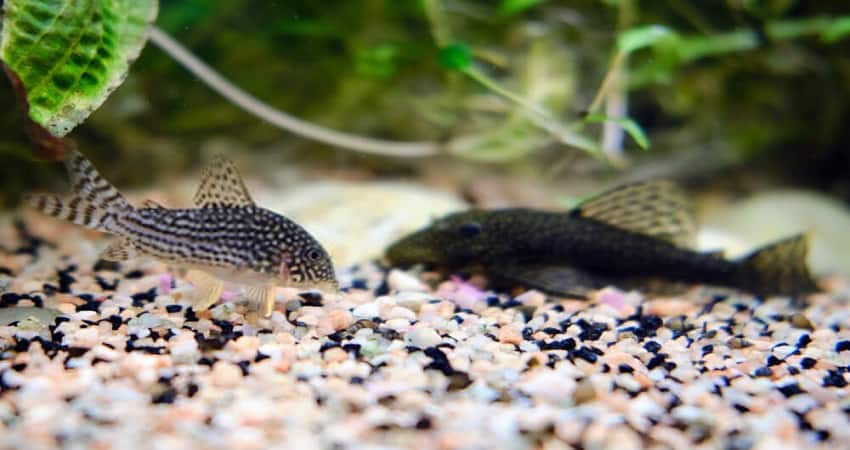
4. Fill The Tank With Dechlorinated Water
You can fill the tank after you’ve placed the gravel, rocks, and other decorations in the tank. After completing this task, you must use a clean bucket to fill the tank to a depth of about 2 inches from the top.
5. Set The Air Pump For Sufficient Oxygen
You must ensure that the aquarium’s environment is sufficiently oxygenated. To hold the air tube, connect the airline tubing from the air pump to air outlets and a small valve located outside the tank. If the tank’s power is turned off, the valve also stops, preventing water from backing up in the tank.
6. Give Your Tank To Establish Themselves
Several types of bacteria aid in waste processing in an aquarium; they convert toxic ammonia from fish waste into nitrates that your plants can use as food.
However, this process takes time to complete, and getting the bacteria up and running in your tank takes time. As a result, we recommend that you give your tank to establish the nitrogen cycle process after planting a tree.
Things To Keep In Mind To Keep Your Pleco Fish Healthy
Don’t worry about the following sentence if you already have a cycled tank. It’s not difficult to create the ideal environment for these odd-looking but friendly catfish. Let’s take a look at what they need to care for them.
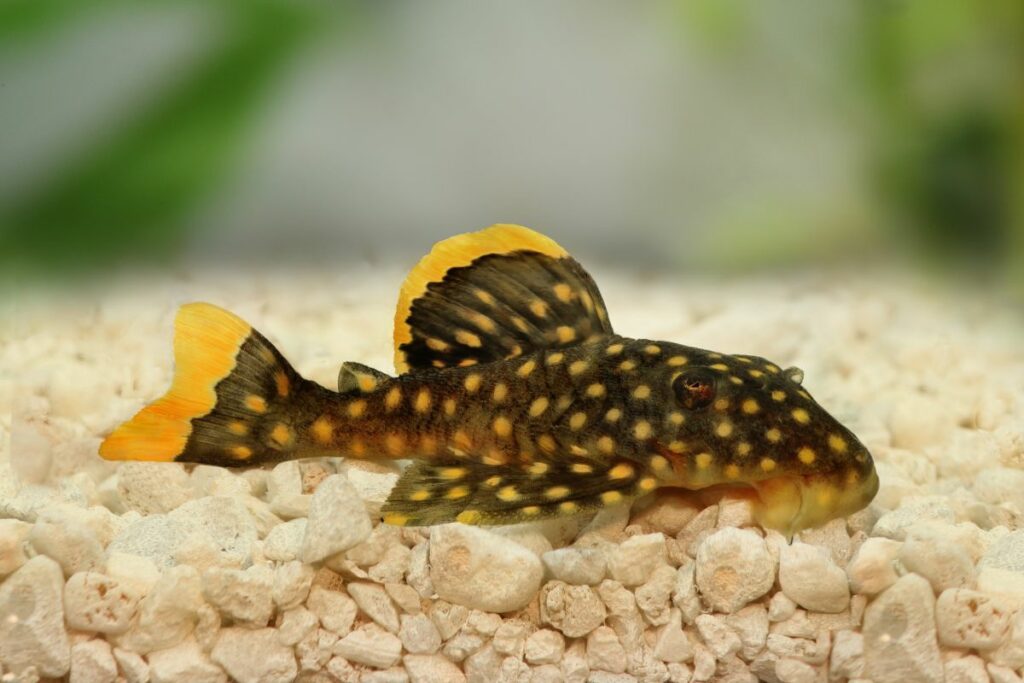
1. Tank Size
The common Pleco necessitates a large tank, but these small plecos thrive well in tanks of 25 gallons or more. Consider getting a long breeder tank for your pleco community if you’re buying a standard-size aquarium.
2. Water condition and Temperature
They prefer water between 73 and 80 degrees Fahrenheit (23 and 27 degrees Celsius), so you may not need to use a tank heater. They prefer water pH levels of 6.5-7.5 with this ideal room temperature. Good quality canister filters should be used because a strong water current is hard to maintain and filter.
3. Live Plants, Caves, And Gravel
Pleco fish are herbivores, and they prefer tanks with a lot of live plants, so include those types of plants in your tank that proliferate. Because pleco fish are known for being silent and hiding fish that hide in driftwood during the day and caves will be the best option for you to purchase. Don’t forget to add rocks and gravel to your aquarium substrate.
4. Feeding
Since you can not provide them with natural bogwood or aquarium biofilm because each tank will take six months to mature and produce biofilm.
You can feed your pleco sinking algae wafers, spirulina pellets, and freshly blanched veggies like peas, cucumbers, zucchini, and spinach as a commercial food. Always remember they don’t thrive on a high-protein diet, so don’t feed them that.
Frequently Asked Questions
Does Pleco love driftwood?
Plecos are known to eat small amounts of driftwood. Plecos’ digestive system is aided by nutrients found in driftwood. However, while driftwood can undoubtedly benefit a Pleco’s health, it is neither a requirement nor a necessity.
Which substrate is best for an aquarium?
For most freshwater aquariums, gravel is the better option. Gravel has the advantage of allowing water to flow through it, which prevents the buildup of amoebas and bacteria in the substrate. If left to accumulate for too long, these can make your fish sick and cause aquarium mold to grow.
Does Pleco clean the aquarium?
Plecos can’t scrape the algae thoroughly off any surface in the tank, including the glass, so you’ll always have a thin but noticeable layer of algae on the glass.
Does Pleco eat other fish in an aquarium?
Pleco catfish are not aggressive fish, but they will eat a dead fish if one is present. A fish usually dies and sinks to the bottom, after which the pleco consumes the entire fish






